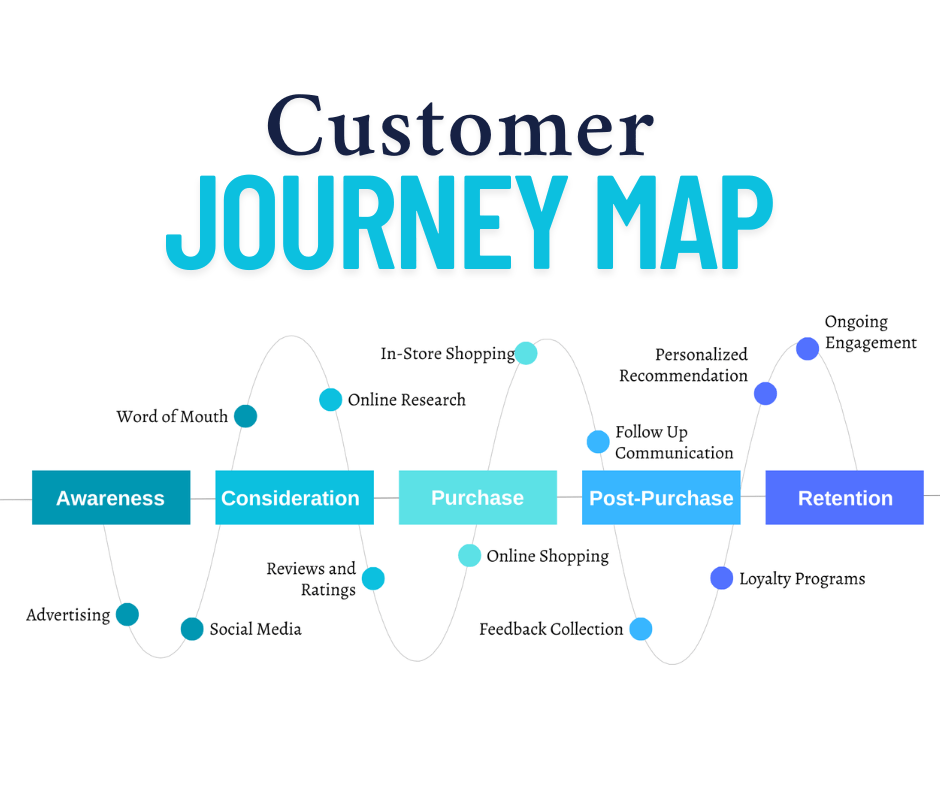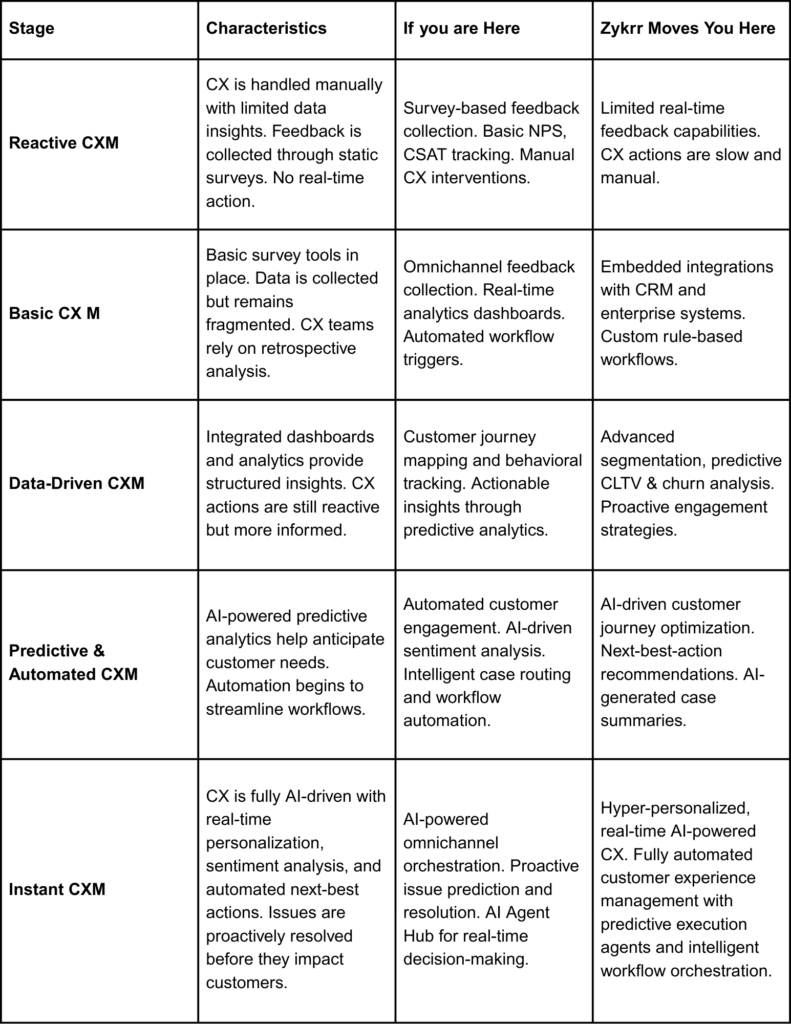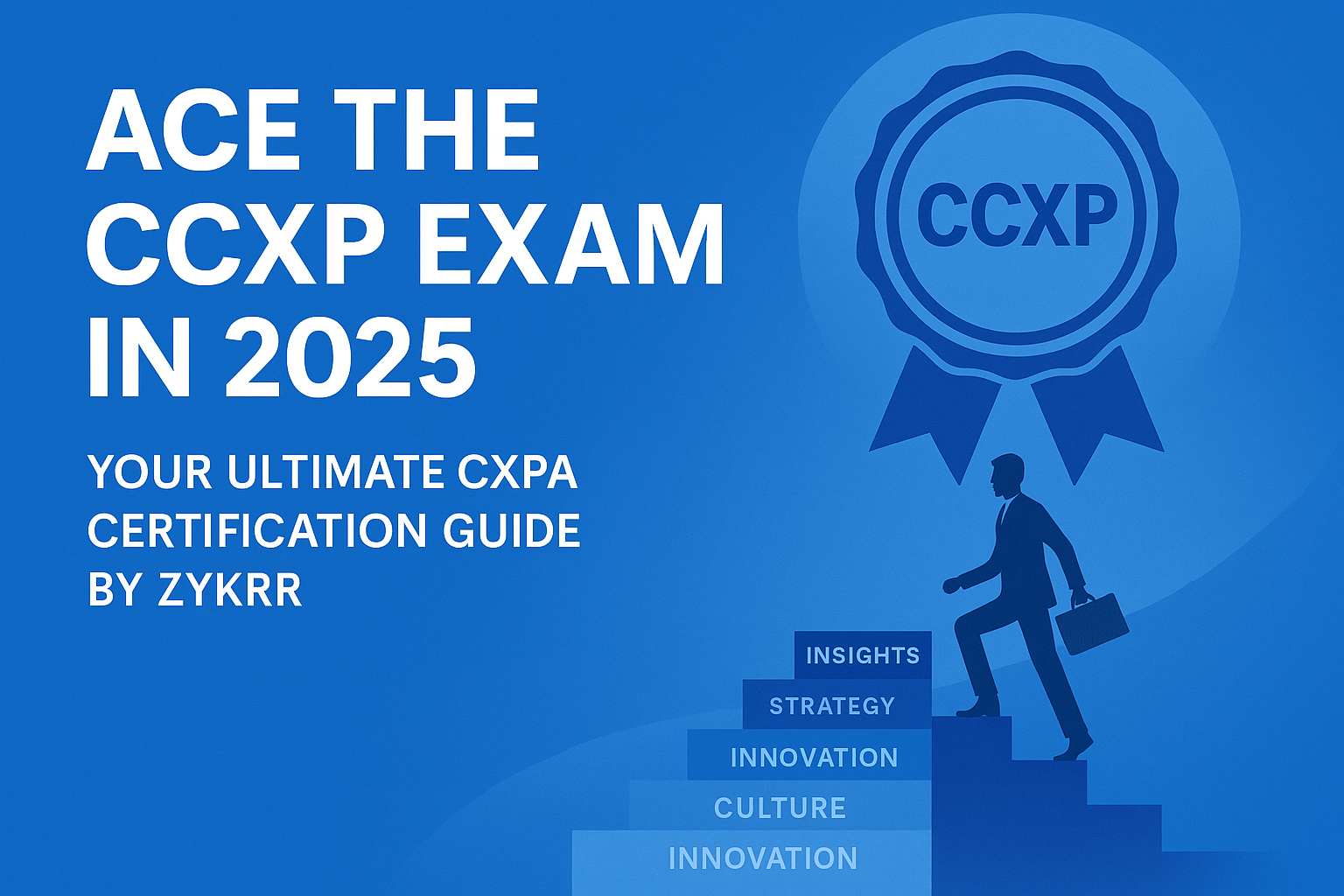Introduction
In a world where products and services are increasingly commoditized, Customer Experience (CX) has emerged as the ultimate differentiator. Managing that experience strategically is what Customer Experience Management (CXM) is all about.
In this comprehensive guide, we’ll explore everything you need to know about CXM: what it means, why it matters, key strategies, and how your business can excel in delivering world-class experiences.
Defining Customer Experience Management (CXM)
Customer Experience Management (CXM) refers to the strategies, technologies, and processes businesses use to manage, monitor, and optimize every interaction a customer has with the brand across their lifecycle.
At its core, CXM is about:
- – Understanding customer needs and expectations
- – Delivering consistently positive experiences
- – Turning customers into loyal advocates
CXM is not just about delighting customers at the point of sale; it’s about managing the full end-to-end journey to maximize lifetime value.
Why CXM Matters More Than Ever
- 1. Drives Customer Loyalty: Happy customers are more likely to stay and spend more.
- 2. Reduces Churn: Addressing pain points early keeps customers from leaving.
- 3. Increases Revenue: Loyal customers generate repeat purchases and referrals.
- 4. Strengthens Brand Reputation: Positive experiences fuel positive word-of-mouth.
- 5. Improves Employee Engagement: Empowered teams deliver better customer outcomes.
Fact: Companies that prioritize customer experience outperform laggards by nearly 80% in revenue growth (Forrester).
In competitive industries like financial services, healthcare, retail, and technology, superior customer experience is often the decisive factor that separates market leaders from the rest.
Key Components of Customer Experience Management
1. Customer Journey Mapping
Visualizing every touchpoint from awareness to loyalty helps identify gaps, moments of truth, and opportunities to enhance the experience.
Journey maps help organizations empathize with customers, aligning internal processes with external expectations.

2. Voice of the Customer (VoC) Programs
Collecting feedback through surveys (NPS, CSAT, CES), social listening, reviews, and direct outreach to capture authentic customer sentiment.
VoC initiatives ensure companies are not making decisions in a vacuum but are grounded in real-world customer perspectives.
3. Feedback Loop Closure
Acting on feedback quickly and keeping customers informed about the actions taken.
4. Personalizationc
Using data to tailor interactions, offers, and communications to individual preferences and behaviors.
Personalization moves beyond first-name greetings to truly relevant experiences based on customer needs, behaviors, and context.
5. Omnichannel Consistency
Ensuring a seamless experience whether the customer interacts via website, mobile app, in-store, or call center.
Omnichannel consistency is critical as 73% of customers use multiple channels during their buying journey.
6. Predictive Analytics
Leveraging AI and machine learning to anticipate customer needs and proactively offer solutions.
Predictive models can identify churn risks, recommend next-best actions, and enable proactive service interventions.
CXM Maturity Model
Organizations often progress through these stages as their CXM capabilities evolve:

Understanding your organization’s maturity helps chart a path for improvement.
CXM vs CRM: What’s the Difference?

Insight: CRM manages the relationship; CXM manages the emotion. Both are important, but CXM focuses on creating value from the customer’s perspective.
Benefits of a Strong CXM Strategy
- 1. Higher Customer Lifetime Value (CLV)
- 2. Better Customer Retention Rates
- 3. Increased Advocacy and Referrals
- 4. Competitive Differentiation
- 5. Operational Efficiencies through Customer Insights
- 6. Higher Employee Satisfaction
- 7. Stronger Innovation Pipeline (based on real customer needs)
How to Build a Winning CXM Strategy
Step 1: Define Your CX Vision
Align your organization around a customer-first philosophy. Make CX a boardroom priority. Your CX vision should articulate what experiences you want to deliver and why.
Step 2: Map Customer Journeys
Understand every critical touchpoint. Use journey maps to highlight pain points and delight opportunities.
Step 3: Implement VoC Programs
Use structured surveys (like NPS, CSAT, CES), interviews, and social media monitoring to gather feedback.
Step 4: Close the Loop on Feedback
Ensure negative feedback triggers immediate follow-up and resolution workflows. Build trust through transparency and responsiveness.
Step 5: Invest in the Right CXM Technology
Choose platforms that offer:
- 1. Multi-channel feedback collection
- 2. Real-time analytics
- 3. Automated workflows for closed-loop actions
- 4. Integrations with CRM, ERP, and support tools
Step 6: Train and Empower Employees
CX excellence requires frontline empowerment. Equip teams with the training, tools, and autonomy to act on customer insights. A strong internal CX culture creates better external experiences.
Step 7: Measure and Iterate
Track metrics like NPS, CSAT, CES, CLV, churn rate, and first contact resolution rate. Continuously refine based on insights. CXM is a marathon, not a sprint.
Essential Metrics in CXM
- 1. Net Promoter Score (NPS): Loyalty and likelihood to recommend
- 2. Customer Satisfaction Score (CSAT): Satisfaction post-transaction
- 3. Customer Effort Score (CES): Ease of interaction
- 4. Churn Rate: Customers lost over a time period
- 5. Customer Lifetime Value (CLV): Predicted net profit from a customer
- 6. First Contact Resolution (FCR): Whether a customer’s issue was resolved in the first interaction
Future Trends in CXM
- – AI-Powered Personalization: Hyper-personalized experiences driven by AI insights.
- – Predictive CX: Using predictive analytics to preemptively solve issues.
- – Emotion AI: Analyzing customer emotions to tailor experiences.
- – Unified Experience Clouds: Integrating marketing, sales, service under one CX view.
- – Proactive Service Models: Solving problems before customers even reach out.
- – Voice and Conversational CX: Increased use of voice assistants, chatbots, and messaging apps for support.
- – Sustainability and Ethical CX: Customers increasingly prefer brands aligned with social and environmental values.
- – CX for Gen Z: New expectations for instant, authentic, omnichannel experiences will redefine CXM priorities.
Real-World Example: CXM in Action
Example 1: Retail Industry
A U.S. e-commerce giant mapped its customer journeys and found checkout abandonment was a major pain point. By streamlining the checkout process and closing the loop on feedback from detractors, it increased conversion rates by 22% and NPS by 14 points in under a year.
Example 2: Banking Industry
A leading bank implemented real-time NPS surveys after digital transactions. Immediate alerts for low scores allowed customer success teams to intervene quickly, reducing churn by 18% within 9 months.
Example 3: Healthcare Sector
A hospital network used CES surveys post-discharge to identify friction in billing and appointments. Redesigning processes based on insights led to a 25% improvement in patient satisfaction scores.
How Zykrr Powers Modern CXM
Zykrr empowers enterprises to:
- 1. Capture omnichannel feedback seamlessly
- 2. Analyze customer sentiments with AI
- 3. Close the feedback loop with automation
- 4. Deliver predictive insights for proactive CX
- 5. Personalize interactions at scale
- 6. Benchmark performance against industry peers
- Ready to future-proof your customer experience? Schedule a demo with Zykrr
Frequently
Asked Questions
-
What is Customer Experience Management (CXM)?
CXM refers to the strategies, tools, and processes companies use to manage and optimize customer interactions throughout their journey.
-
Why is CXM important?
CXM drives loyalty, revenue growth, and brand advocacy by ensuring customers have positive, consistent interactions at every touchpoint.
-
How is CXM different from CRM?
While CRM focuses on managing customer data and relationships, CXM focuses on managing how customers feel about every interaction.
-
What tools are needed for effective CXM?
A good CXM platform includes survey tools, analytics dashboards, closed-loop feedback systems, and integrations with CRM and support tools.
-
Can small businesses implement CXM?
Absolutely! CXM isn’t just for enterprises. SMBs can benefit immensely by listening to customers, acting on feedback, and continuously improving experiences.
-
What industries benefit most from CXM?
Retail, banking, healthcare, hospitality, insurance, and technology sectors all see significant gains from strong CXM practices.





















